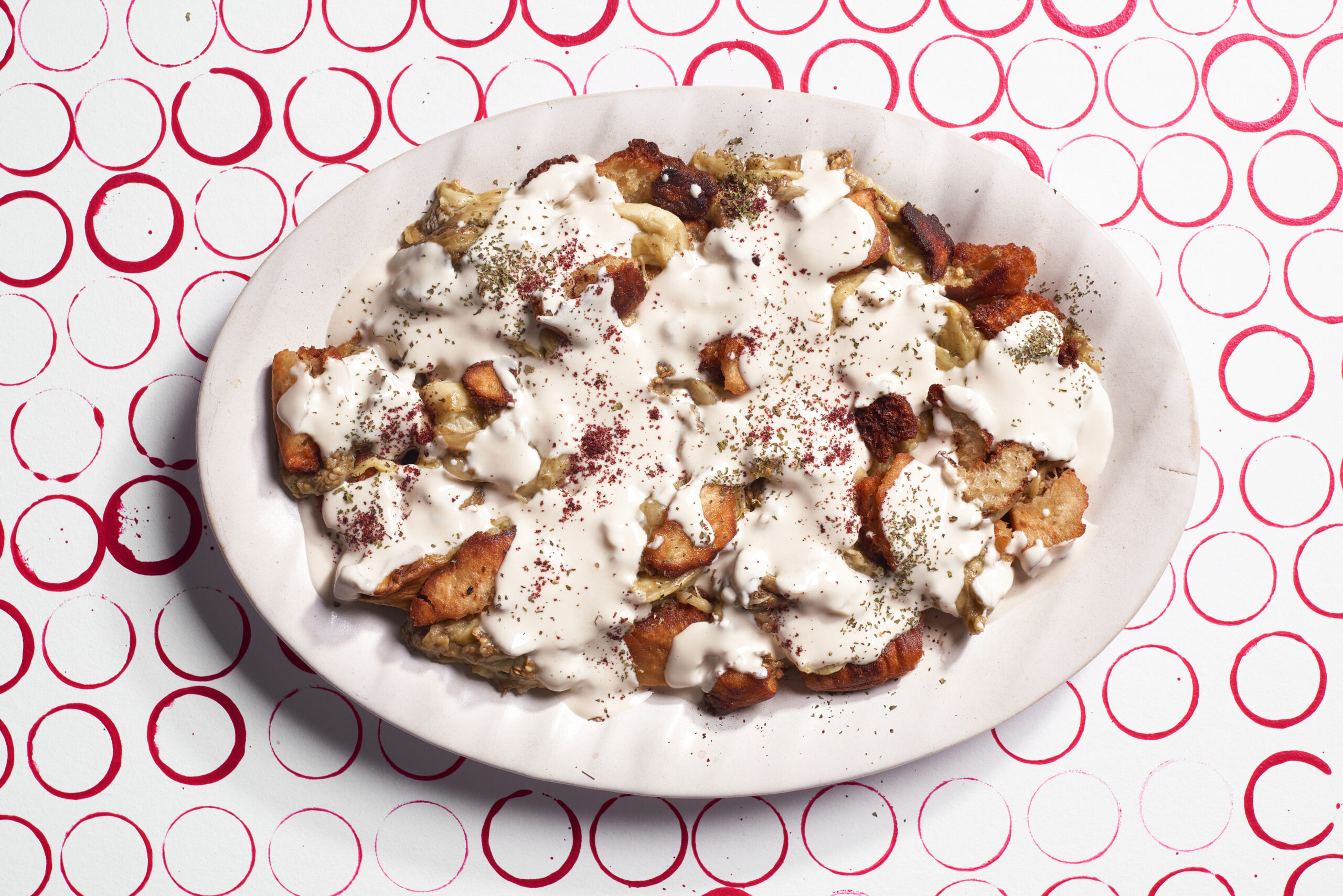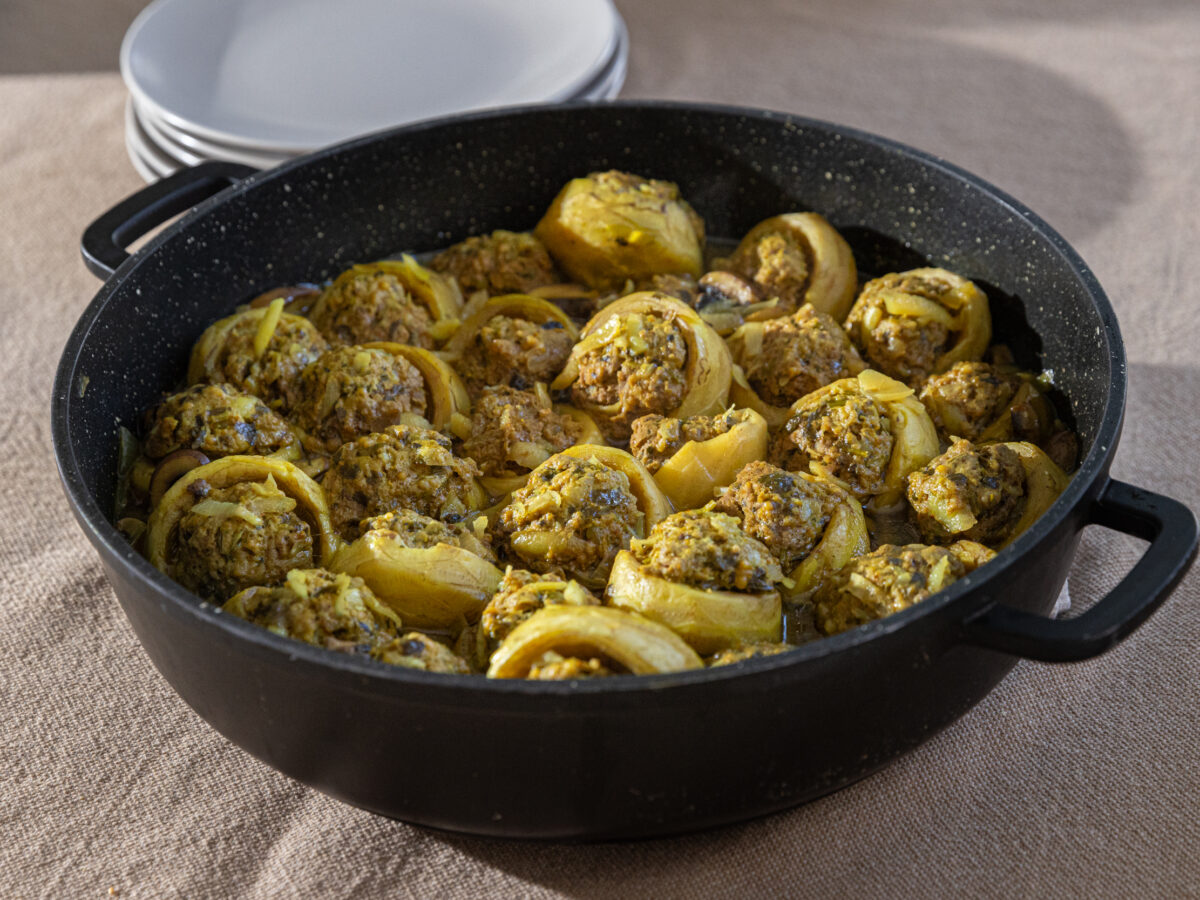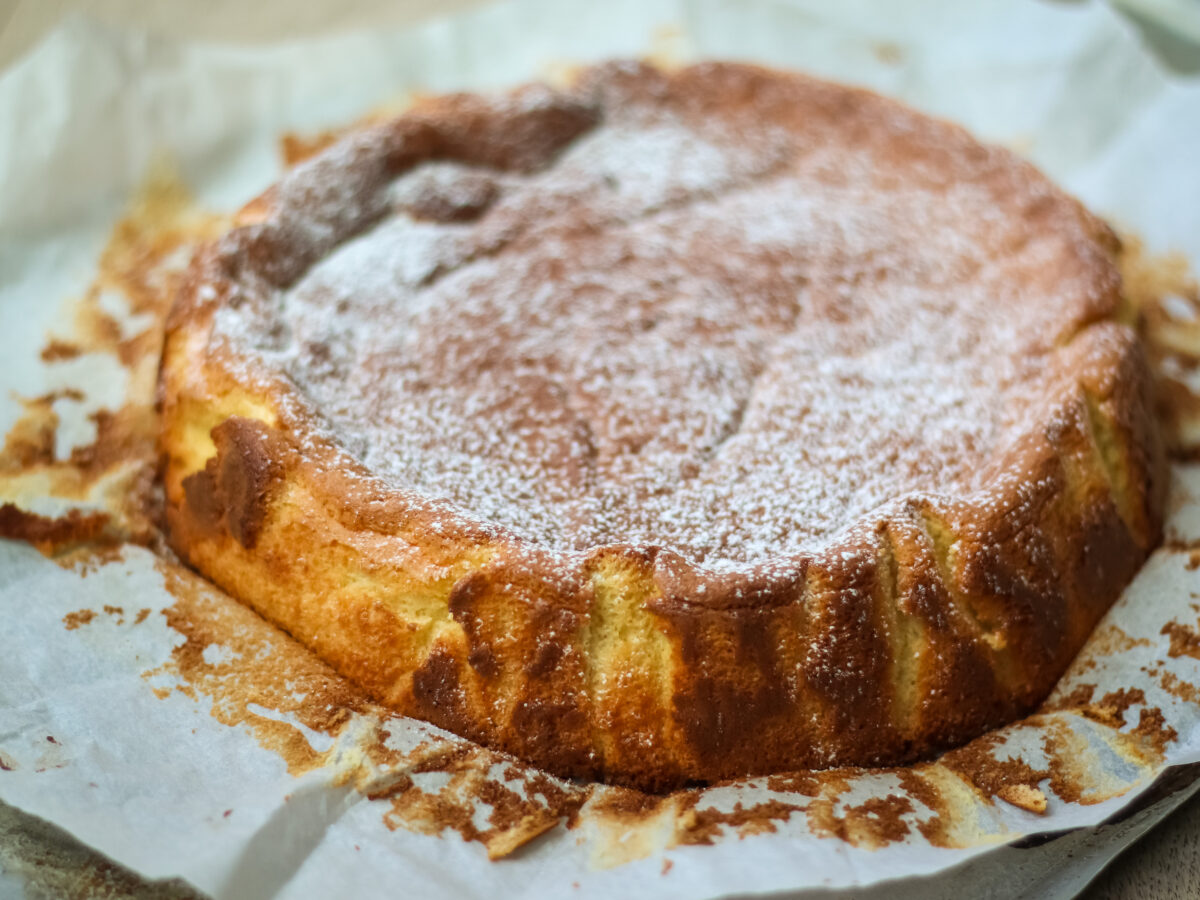
In the past, several local eggplant varieties were cultivated locally, the most prized and delicious of them was the Batiri eggplant (from the Palestinian village of Batir). The Batiri has an elongated body with a light purple hue and a seedless soft white flesh. It is still available during the summer season in the Batir area and sold in the surrounding villages of Hebron and Jerusalem. A large ribbed eggplant (also known as Baladi) grows mainly in the Jordan Valley and Jericho, hence its name, Rihawi, and there’s also a reddish variety called Nablusi (grown in the Nablus area).
Today, through the creation of hybrids and genetic engineering, a large number of cultivars in a variety of shapes and sizes are grown in Israel. Some of them are used for summer crops, while others are intended for growing in greenhouses during the winter season. The most common variety is diamond, but there are others, such as Robin Hood, Goliath, Marathon, Marzipan, King of the North, Dolphin, and even Beyoncé.
In Arab cuisines, and the Palestinian one in particular, eggplants hold a special place. In the Middle Ages, poems were written in their praise and doctors counted their many medicinal properties. Many dishes celebrate them, such as maqluba (an upside-down rice, aubergine and chicken dish), mousaka’a (likely the origins of the mousaka, made with boiled eggplants and meat, traditionally served cold or at room temperature), eggplants stuffed with rice, and of course makdous, eggplant stuffed with garlic, peppers and nuts and preserved in olive oil.
Fatteh (فته) is a general name for a wide variety of dishes containing stale bread. The dish is usually made with a layer of toasted bread soaked in lemon juice, garlic and oil, topped with a layer of either eggplant, chickpeas, ground meat, eggplant stuffed with meat or chickpeas and tomatoes, depending on the fatteh. Today, there are also newer variations like shawarma, and schnitzel fatteh. The dish is then covered with a refreshing yogurt tahini sauce, a drizzle of samneh and a sprinkle of toasted pine nuts or almonds.
Fatteh can also be found in Egypt (some claim it was the pharaohs who came up with it), where it is traditionally prepared with meat, and served during the month of Ramadan or Eid al-Adha. In Palestine, Syria and Lebanon, fatteh is also known as “Taskia” and is generally a vegetarian dish. This following recipe comes from Suzanne Matar, a talented chef from I’billin, who makes her version of fatteh using Baladi eggplants.
Ingredients
- 2 medium-sized baladi eggplants (1 kg/ 2.2lb)
- ½ cup Olive oil
- 2 pita bread, torn to1x1 inch pieces
- Salt
- 2 sumac stalks (or 1 1½ tablespoon ground sumac), soaked for 1 hour in 1 cup water
- ½ teaspoon dried mint
- 2 garlic cloves, crushed
- For the tahini-yogurt sauce:
- ½ cup raw tahini
- ¼ cup (60ml) water
- 1 teaspoon lemon juice
- Salt
- 1¼ cup goat yogurt
Preparation
- Preheat the oven to 250°C/ 475°F. Roast the eggplants whole for 45 minutes, until soft and wrinkly. Cool until safe to handle, remove the skins and transfer to a colander. roughly chop.
- Heat the olive oil in a pan over high heat and fry the pita pieces until golden and crispy, stirring occasionally. Alternatively, brush the pita with olive oil and toast in an oven preheated to 200°C/400°F until golden, about 15 minutes. Season with salt and cool.
- Strain the sumac water, transfer to a clean bowl, add the dried mint and crushed garlic and mix well.
- Prepare the tahini-yogurt sauce: Beat the tahini, water, lemon juice, and salt to a pale thick sauce. Stir in the yogurt.
- To serve: Pour the seasoned sumac water into a deep serving plate and arrange a layer of the golden pita slices on top, followed by the eggplants. Generously drizzle the tahini-yogurt sauce on top, and serve.




